Description
A sanitary coupling, often referred to as a sanitary clamp or sanitary fitting, is a type of connector used in hygienic and sanitary applications where maintaining a clean and sterile environment is crucial. These couplings are widely used in industries such as food and beverage, pharmaceuticals, biotechnology, and cosmetics.
Here are some key features and details about sanitary couplings:
1. Design:
- Hygienic Design: Sanitary couplings are designed to meet strict hygienic standards to prevent contamination in sensitive applications.
- Clamp Connection: The most common type of sanitary coupling involves a clamp connection, using a tri-clamp system. This involves three parts—two flanges and a clamp—that secure the connection.
2. Materials:
- Stainless Steel: Sanitary couplings are often made from stainless steel, which is corrosion-resistant, durable, and easy to clean. Other materials, such as plastic, can also be used in certain applications.
3. Gaskets:
- Gasket Seal: A gasket is placed between the two flanges of the coupling to create a secure and leak-proof seal. The gasket is usually made from materials that comply with sanitary standards.
4. Connection Types:
- Tri-Clamp Connection: This is the most common connection type for sanitary couplings. It involves using a tri-clamp to secure the coupling.
5. Applications:
- Food and Beverage Industry: Used in processing and handling equipment to maintain sanitary conditions during the production of food and beverages.
- Pharmaceuticals: Commonly employed in pharmaceutical manufacturing to ensure sterility and prevent cross-contamination.
- Biotechnology: Used in biotechnological processes where maintaining a sterile environment is critical.
- Cosmetics: Applied in the production of cosmetics and personal care products to meet hygiene standards.
6. Size:
- Sanitary couplings come in various sizes to accommodate different pipe diameters and system requirements. Standard sizing ensures compatibility with other sanitary components.
7. Easy Assembly and Disassembly:
- Sanitary couplings are designed for easy and tool-free assembly and disassembly, allowing for quick maintenance and cleaning.
8. Compliance with Standards:
- Sanitary couplings are manufactured to comply with industry standards and regulations, ensuring the quality and safety of the connections.
9. Surface Finish:
- The surface finish of sanitary couplings is often polished to a smooth, easy-to-clean surface to eliminate areas where contaminants could accumulate.
Sanitary couplings play a crucial role in ensuring the integrity of sanitary processes by providing reliable and hygienic connections in fluid transfer systems.
The introduction of the sanitary coupling
A “sanitary coupling” is a type of connector used in hygienic applications, such as food and beverage processing, pharmaceuticals, and biotechnology. It is designed to provide a secure and leak-proof connection between two sanitary pipes or tubing.
Sanitary couplings are made from materials that meet stringent hygiene and cleanliness standards. They often feature smooth surfaces and crevice-free designs to prevent bacterial growth and ensure easy cleaning. The coupling design allows for easy assembly and disassembly, facilitating maintenance and cleaning procedures.
These couplings are essential components in sanitary systems, as they maintain the integrity of the piping and tubing, preventing contamination and ensuring product quality in sensitive industries. Sanitary couplings come in various sizes, materials, and connection types to meet the specific needs of different applications and industries.

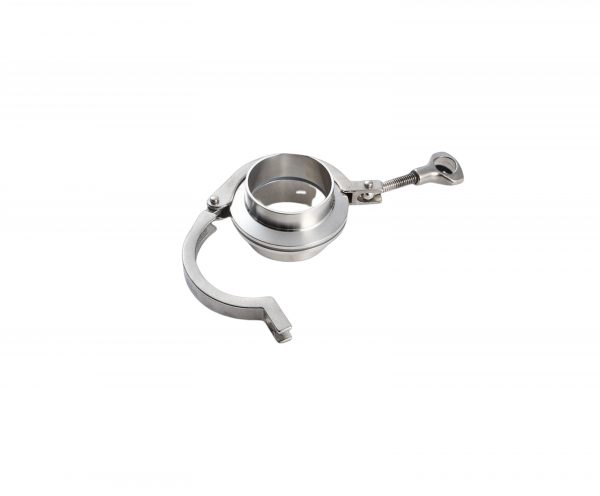
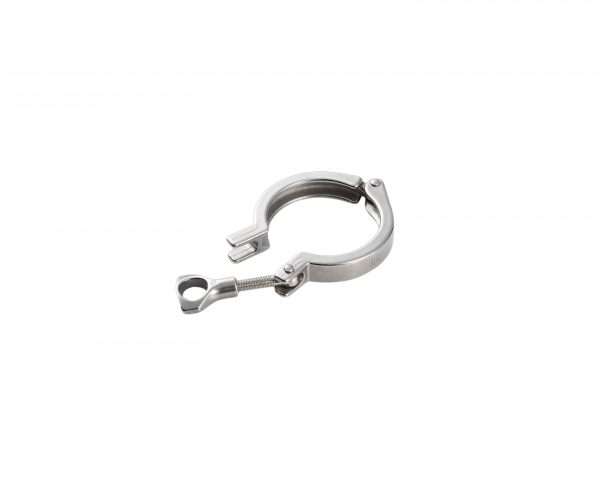
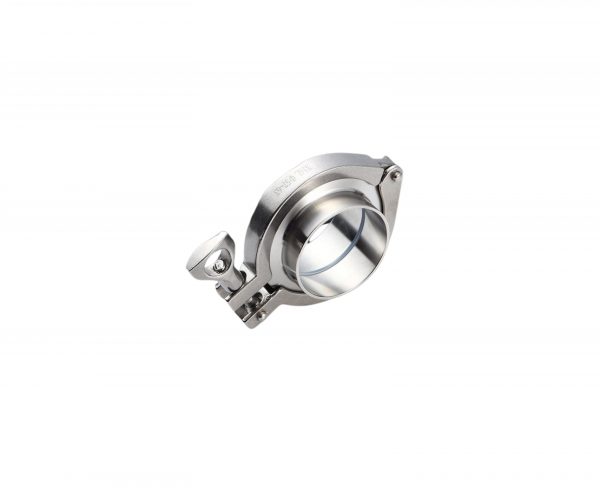
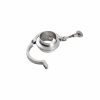
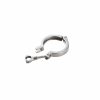
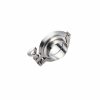
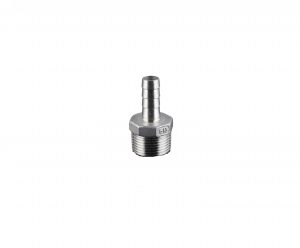
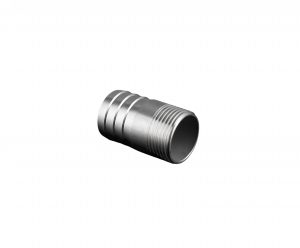
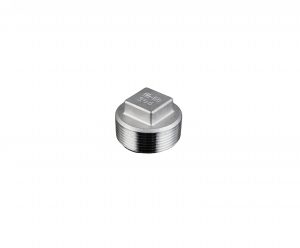
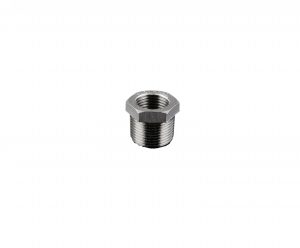
Reviews
There are no reviews yet.